Predator and prey charts, also known as Lotka-Volterra diagrams or predator-prey models, have several important uses in ecology and related fields:
- Understanding Ecosystem Dynamics: Predator and prey charts help ecologists and researchers understand the complex interactions between species in ecosystems. They illustrate how changes in predator and prey populations can affect each other, leading to dynamic fluctuations in the ecosystem.
- Predicting Population Trends: These charts can be used to predict future trends in predator and prey populations based on current conditions and ecological parameters. By modeling population dynamics, researchers can anticipate potential population crashes or booms and assess the stability of ecosystems.
- Informing Conservation Strategies: Predator and prey charts provide valuable insights for conservationists and wildlife managers. By understanding the relationships between predators and their prey, conservation efforts can be targeted to protect key species or habitats and maintain ecosystem balance.
- Studying Human-Wildlife Interactions: In cases where predators or prey species interact with human populations (e.g., livestock predation by wolves), predator and prey charts can help assess the impact of human activities on wildlife populations and inform management strategies.
- Exploring Evolutionary Dynamics: Predator-prey relationships can drive evolutionary adaptations in both predators and prey. By studying predator and prey charts over time, researchers can gain insights into how species evolve in response to each other, such as changes in prey defenses or predator hunting strategies.
- Teaching Ecological Concepts: Predator and prey charts are valuable educational tools for teaching ecological principles to students at various levels. They illustrate fundamental concepts such as population dynamics, carrying capacity, trophic interactions, and the interconnectedness of species within ecosystems.
Overall, predator and prey charts are essential for understanding the functioning of ecosystems and informing conservation and management efforts to maintain biodiversity and ecological balance.

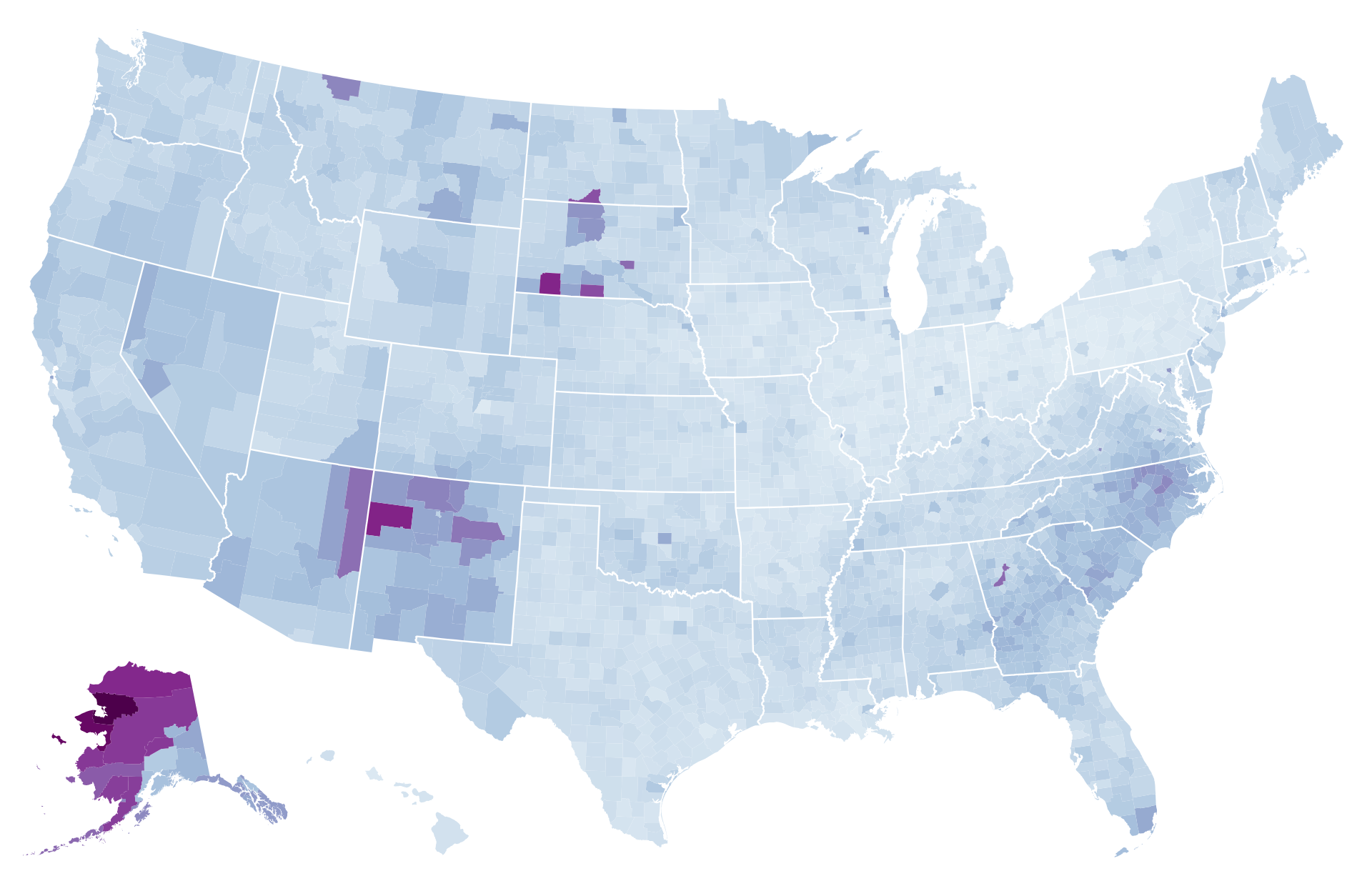
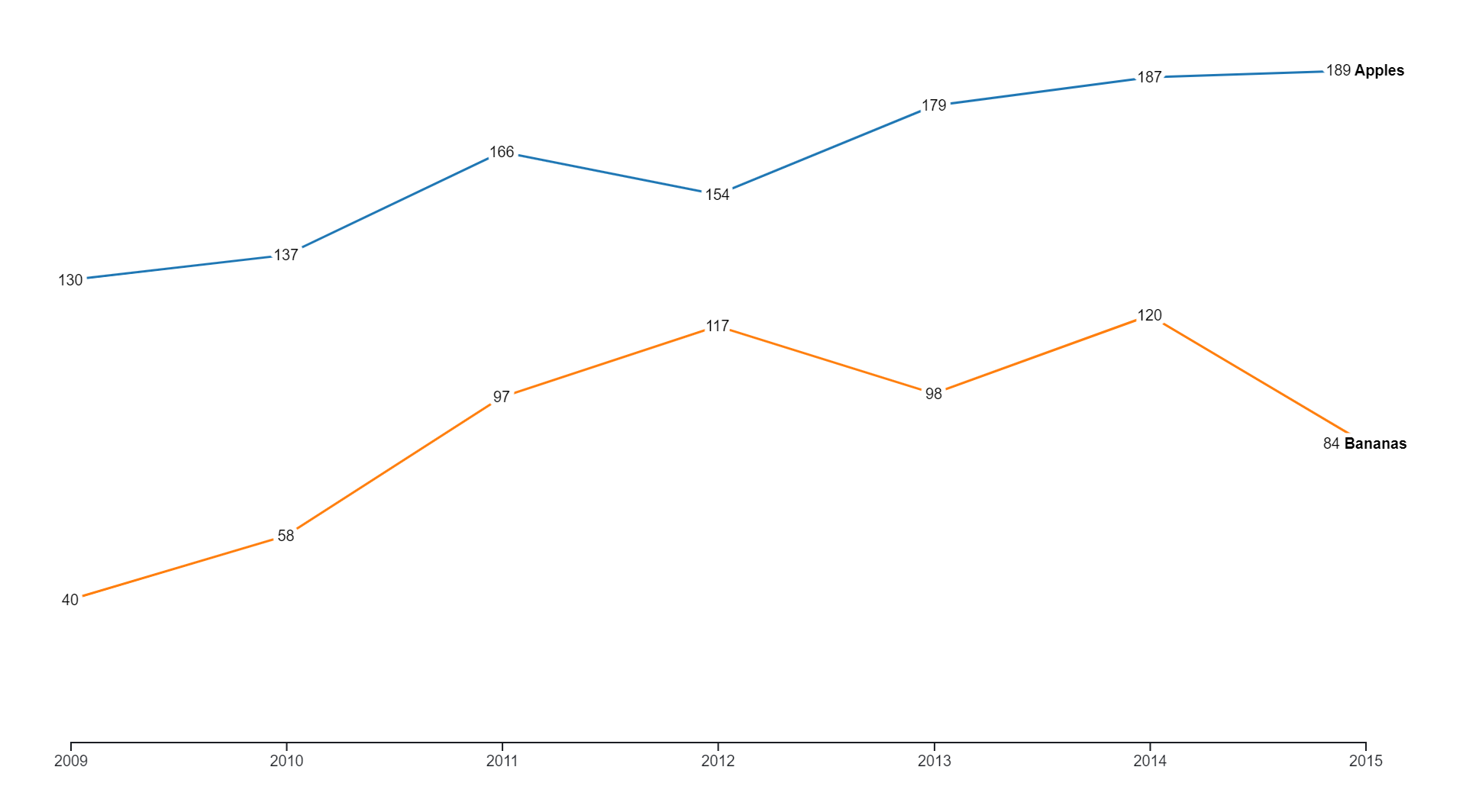
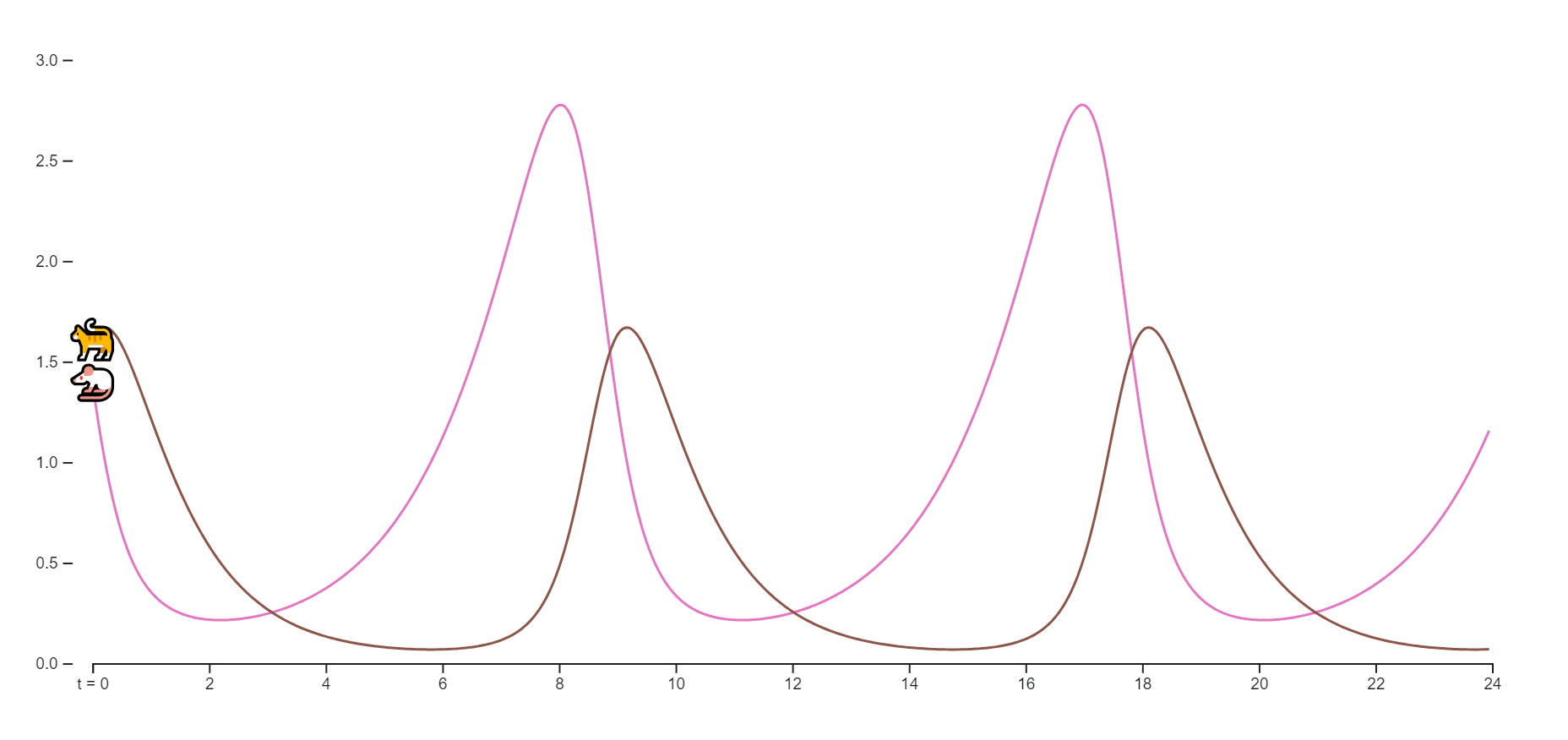
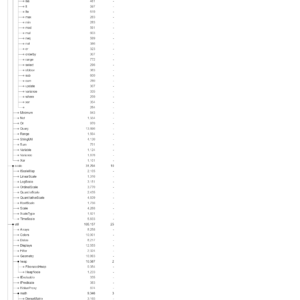

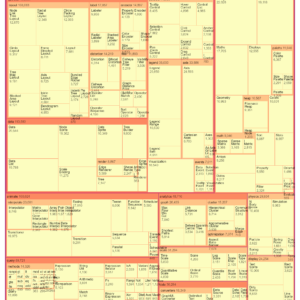
Reviews
There are no reviews yet.